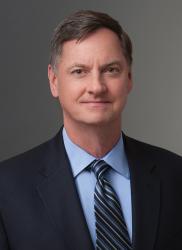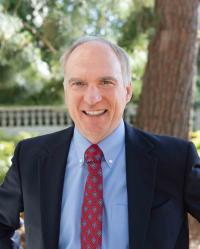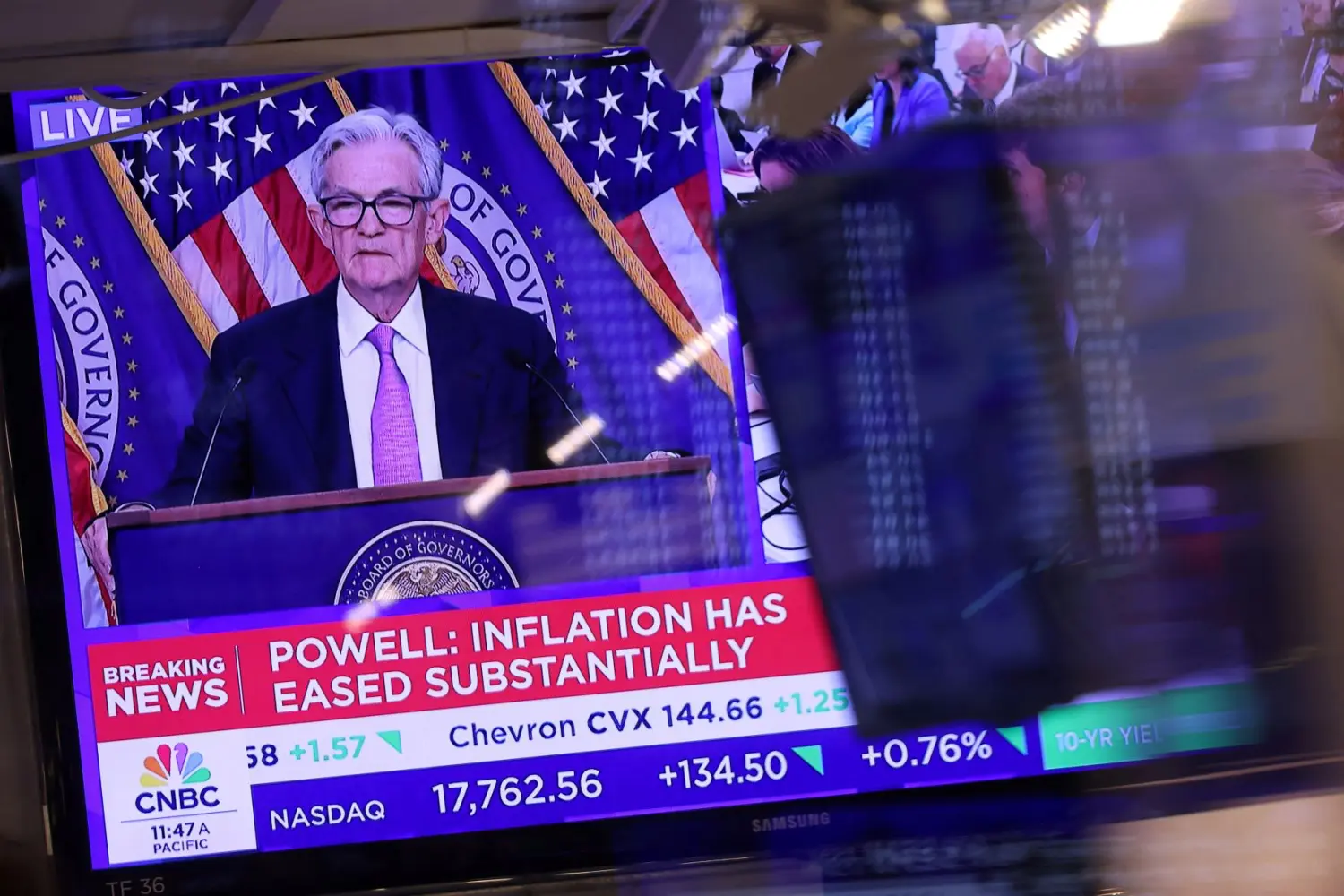The paper summarized here is part of the fall 2024 edition of the Brookings Papers on Economic Activity, the leading conference series and journal in economics for timely, cutting-edge research about real-world policy issues. Research findings are presented in a clear and accessible style to maximize their impact on economic understanding and policymaking. The editors are Brookings Nonresident Senior Fellows Janice Eberly and Jón Steinsson.
See the spring 2024 BPEA event page to watch paper presentations and read summaries of all the papers from this edition. Submit a proposal to present at a future BPEA conference here.
Three papers presented at the Brookings Papers on Economic Activity (BPEA) fall conference examine whether the Federal Reserve’s monetary policy framework contributed to its delayed response to surging inflation in 2021 and 2022 and discuss possible changes the Fed could adopt in its planned review of the framework next year.
The Fed’s current framework, introduced in August 2020, grew out of its experience during and after the 2007-2009 financial crisis and recession. Unemployment remained high and inflation fell persistently short of its 2% target even though it stimulated the economy by lowering short-term interest rates to just above zero. The Fed’s efforts were hindered by the effective lower bound—its inability to push short-term interest rates much lower.
The Fed is required by law to promote maximum employment and price stability, its dual mandate. It formally defined price stability as 2% inflation in 2012. It said the target was symmetric and that it would be concerned if inflation were running persistently above or below it. It did not define maximum employment, noting that it changes over time due to nonmonetary factors.
The 2020 framework, known as flexible average inflation targeting, seeks inflation that “averages 2% over time,” but it shifted away from inflation-target symmetry. It was constructed with the expectation that periods of below-target inflation would be more common than times of above-target inflation. To compensate for periods when inflation falls persistently short, it said the Fed would aim for “inflation moderately above 2% for some time.” But it made no mention of shooting for below-target inflation to make up for when it has run persistently high.
The 2020 framework also strengthened the 2012 framework’s interpretation of the employment side of the mandate. It said maximum employment was a “broad-based and inclusive goal”—an allusion to countering the higher unemployment in low- and moderate income communities. And it said monetary policy “must be informed by” the Fed’s assessment of “shortfalls of employment … from maximum” rather than the more-neutral 2012 language: “deviations of employment.”
In September 2020 forward guidance implementing the new framework, the Fed went further. It said it expected it would be appropriate to keep its target for short-term interest rates (the federal funds rate) near zero until both its employment and price stability objectives had actually been met. This language made no provision, as the Fed had done in the past, for the possibility of a conflict between the two objectives.
Early in the COVID 19 pandemic, the objectives did not conflict. The 12-month inflation rate, as measured by the Fed’s preferred Personal Consumption Expenditures price index, dropped to just 0.4% in the spring of 2020. The unemployment rate soared to 14.8%. But by mid-fall 2021, inflation had risen above 5%, though the Fed said the increase largely reflected “transitory factors” from the pandemic. Meanwhile, unemployment had fallen below 5%, close to most economists’ estimate of maximum employment.
Inflation continued to rise and unemployment continued to decline into 2022. But, in keeping with its September 2020 guidance, the Fed did not lift its 0-to-1/4% interest rate target range until March 2022, with inflation at 6.9% and unemployment at 3.7%.
After March 2022, it raised rates aggressively, with the target range peaking at a two-decade high of 5-1/4-to-5-1/2% in July 2023. Inflation, after reaching 7.1% in June 2022, declined to 2.2% by August 2024. And unemployment crept up from 54-year low of 3.4% in January 2023 to 4.2% in August 2024. The Fed this month cut its target range by 1/2% and projected additional cuts in the year ahead.
Challenges around the Fed’s monetary policy framework and its implementation
The first of the three papers presented September 26—”Challenges Around the Fed’s Monetary Policy Framework and Its Implementation”—concludes that the 2020 changes were “too focused on the experience following the financial crisis and hence were not robust in the face of unexpected changes in economic circumstances.” Its authors, Willam B. English of Yale University and Brian Sack of Balyasny Asset Management, recommend instead “a broad policy framework … appropriate in a wide range of policy environments.”
English, director of the Board’s Division of Monetary Affairs from 2010 to 2015, and Sack, head of the Federal Reserve Bank of New York’s Markets Group from 2009 to 2013, also argue there were significant problems with communications used to implement the 2020 framework. The September guidance setting out the conditions for an interest rate increase “turned out to be much too aggressive given how economic conditions evolved,” they write.
Absent the new framework and the implementation guidance, the Fed likely would have started to increase interest rates in the fall of 2021 rather than the following spring, English said in an interview with The Brookings Institution.
He and Sack offer three recommendations for the framework review:
- Change the “shortfalls of employment” phrase so that the Fed can “respond to an economy that is nearing or exceeding estimates of maximum sustainable employment, even if inflation has not yet moved higher.”
- Move from flexible average inflation targeting (FAIT) back to more traditional inflation targeting, where monetary policy aims to move inflation back to its target when it falls above or below but does not seek to compensate for past misses by achieving an average over an unspecified period. They argue that the lack of specificity in the FAIT language made it unlikely to help shape the public’s expectations for monetary policy, and average inflation targeting is a potential source of confusion after a period of high inflation.
- Improve the design of the forward guidance and large-scale securities purchases used to implement the framework (known as quantitative easing, or QE). In particular, they said, forward guidance should be conditioned carefully to limit the risk of leaving the federal funds rate so far from its appropriate level that it creates substantial policy difficulties and economic risks, and securities purchases should be calibrated, structured, and communicated more effectively.
Considerations for a post-pandemic monetary policy framework
The second paper—”Considerations for a Post-Pandemic Monetary Policy Framework”—argues that the 2020 framework remains a “sturdy strategic foundation with only minor cracks (if any).” It “is sufficiently broad and flexible to face up to the wide-ranging challenges and uncertainties that are likely to emerge over the next many years,” writes the author, Charles L. Evans of the University of Chicago. But he notes “a number of improvement and clarification opportunities exist.”
Evans, who served as president of the Federal Reserve Bank of Chicago from September 2007 to January 2023, said in an interview with The Brookings Institution that he does not view the framework as inherently asymmetric.
Flexible average inflation targeting “is not something you must do every year,” he said. “FAIT is for when inflation is very low and the Fed has been working very hard to raise it. The asymmetry of FAIT is a feature to offset the asymmetry of the ELB [effective lower bound].”
Moreover, he writes, “nothing in the refreshed 2020 framework inhibited” Fed policymakers “once they were of a mind to engineer highly restrictive financial conditions.” The Fed’s March 2022 policy pivot and anchored inflation expectations (among market participants, consumers, and businesses) played “key roles in limiting the ultimate increase in inflation and in delivering a reasonably quick return toward the vicinity of 2% without a large or any recession ensuing (so far).”
Evans writes that the employment shortfalls language in the 2020 framework does not prevent the Fed from raising rates pre-emptively to rein in emerging inflation threats. And in the interview, he said he worried that many of the proposals for changing the framework in the wake of the pandemic inflation shock will make it more difficult for the Fed to fight the next recession if interest rates are near the effective lower bound. However, he would:
- Discuss the potential benefits of increasing the 2% inflation target, and if it is retained, “define, defend, and own” it.
- Clearly state that the inflation target is symmetric and, if flexible average inflation targeting is reaffirmed, choose implementation tactics, such as escape thresholds, that permit the Fed to raise rates when appropriate.
- Consider improvements to Fed forward guidance and other communication policies, including its quarterly summary of policymakers’ interest rate and economic projections.
Did the Federal Reserve’s 2020 policy framework limit its response to inflation?
The third paper—”Did the Federal Reserve’s 2020 Policy Framework Limit Its Response to Inflation? Evidence and Implications for the Framework Review”—evaluated the framework by studying Fed records of various types (policy announcements, meeting minutes, and policymakers’ speeches) and relating them to the state of the economy and Fed decisions.
It finds that “the elevation of the maximum employment side of the dual mandate played a crucial role in limiting the Fed’s response to inflation.”
“Monetary policymakers appear … to have been very hesitant to switch to inflation control before labor market conditions were extremely tight … [and] appear to have felt bound by the [conditions set forth in the September 2020] forward guidance,” write the authors, Christina D. Romer (a past chair of the White House Council of Economic Advisers) and David H. Romer, both of the University of California, Berkeley.
Even though inflation by the fall of 2021 was above the Fed’s objective and policymakers believed the economy would soon reach maximum employment, they refused to act preemptively until that actually occurred, write Romer and Romer, who are past co-directors of the National Bureau of Economic Research program in monetary economics.
However, flexible average inflation targeting is sensible and does not appear to have been important to the Fed’s slow response to inflation, they write. Inflation rose quickly enough in 2021 that within a few months its average was higher than 2%. It was expected to remain higher, so the Fed could have raised interest rates sooner than it did, they argue.
The authors point out that the 2020 framework “was designed to fit a particular set of circumstances” and recommend that it be revised “to be more general and flexible.” They would retain flexible average inflation targeting but adjust it “to emphasize that it is only relevant to inflation undershoots when monetary policy is constrained” by the effective lower bound.
They said the Fed should adopt “a realistic view of maximum employment” that recognizes that “monetary policy cannot … reduce poverty or counter rising inequality.” The Fed “should not deliberately seek a hot labor market” and should “respond to both shortfalls from and overshoots of” its employment goal, they write.
They would revise the framework to emphasize that “because monetary policy works with a substantial lag, preemptive monetary policy actions are not only appropriate, but necessary.” But they would minimize the use of forward guidance, such as the September 2020 guidance, that limits the Fed’s ability to respond to economic developments.
CITATIONS
English, William B. and Brian Sack. 2024. “Challenges Around the Fed’s Monetary Policy Framework and Its Implementation.” BPEA Conference Draft, Fall.
Evans, Charles L. 2024. “Considerations for a Post-Pandemic Monetary Policy Framework.” BPEA Conference Draft, Fall.
Romer, Christina D. and David H. Romer. 2024. “Did the Federal Reserve’s 2020 Policy Framework Limit Its Response to Inflation? Evidence and Implications for the Framework Review.” BPEA Conference Draft, Fall.
-
Acknowledgements and disclosures
Prior to joining Yale University in 2016, English was at the Federal Reserve Board, including, from 2010 to 2015, as Director of the Division of Monetary Affairs and Secretary to the Federal Open Market Committee. Sack was the Manager of the System Open Market Account (SOMA) and Head of Markets Group at the Federal Reserve Bank of New York from 2009 to 2013. Evans was the President of the Federal Reserve Bank of Chicago from 2007 to 2023. He is a paid speaker and consultant for financial services firms. The authors did not receive financial support from any firm or person for their papers or, other than the aforementioned, from any firm or person with a financial or political interest in their papers. The authors are not currently an officer, director, or board member of any organization with a financial or political interest in their papers.
David Skidmore authored the summary language for these papers.








